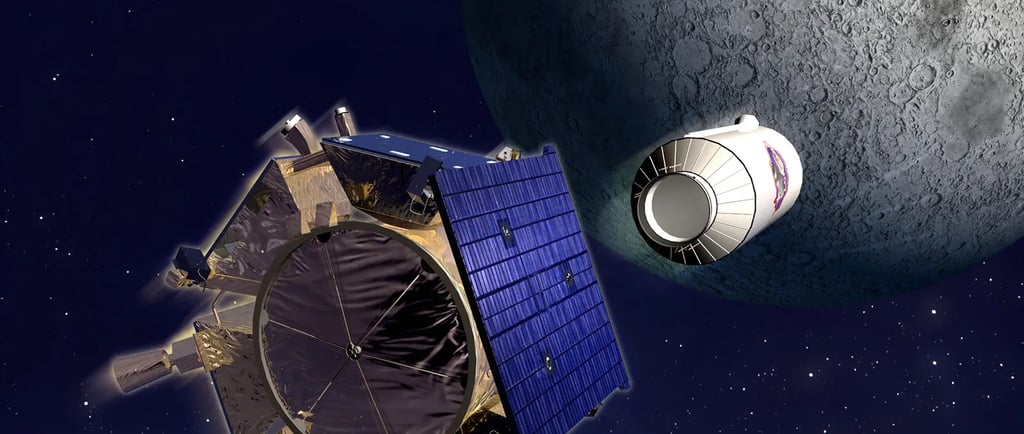Exploring Exomoons via Microlensing Method


Introduction to Exomoons
The search for exomoons, or moons that orbit exoplanets outside our solar system, has gained traction in recent years. Understanding these celestial bodies can provide insights into the formation and evolution of planetary systems. Two primary techniques employed in the identification of exomoons are microlensing and transit timing variations.
The Microlensing Technique
Microlensing is a revolutionary method that involves the gravitational effect of a passing object—the lens—on the light emitted from a distant star. When a massive object, such as a planet or moon, passes in front of a distant star, its gravity acts as a lens, magnifying the star's light. This change in brightness can provide crucial data about the size and properties of the orbiting body.
In the context of exomoons, when a planet has a moon that crosses in front of a star, the moon can alter the microlensing effect, creating characteristic patterns in the light curve. This allows astronomers to infer information about the presence and mass of the moon, making microlensing a promising technique for discovering these distant celestial companions.
Transit Timing Variations: An Alternative Approach
While microlensing is a powerful tool, another method gaining attention is transit timing variations (TTV). This technique observes the irregularities in the timing of an exoplanet's transit—the period when the planet passes in front of its host star. These minor variations may be influenced by the gravitational pull of an orbiting moon.
When an exoplanet has a moon, the gravitational interaction between the planet and its satellite can slightly alter the timing of the transit. By monitoring these variations, scientists can deduce the existence of a moon. TTV can yield information about the moon’s mass and distance from its parent planet, which helps in understanding the moon's potential habitability.
Significance of the Search for Exomoons
The quest for exomoons is not merely an academic pursuit; it holds substantial implications for our understanding of habitability beyond Earth. Moons play a pivotal role in stabilizing the tilt of their planets, influencing weather patterns and climate. Discovering habitable exomoons could expand our perspective on where life might flourish in the universe.
Furthermore, studying exomoons helps illuminate the mechanisms of planetary system formation and evolution. The insights gained from microlensing and transit timing variations shed light on the conditions that foster these intriguing worlds, enabling researchers to evaluate the diversity of exomoon systems across the cosmos.
In conclusion, the exploration of exomoons through methods like microlensing and transit timing variations offers promising avenues for discovery and understanding in astronomy. As technology advances and our observational capabilities improve, the search for exomoons will likely unveil new and exciting features of the universe around us.
